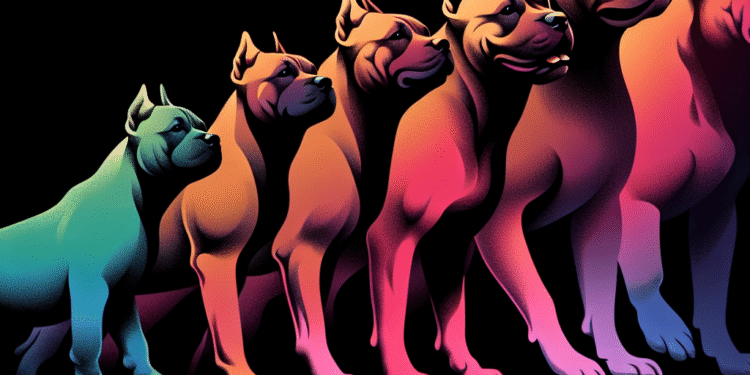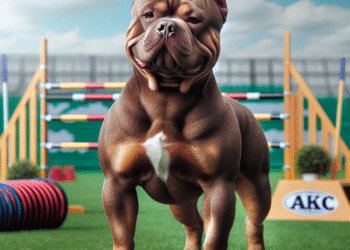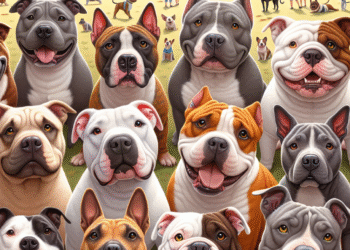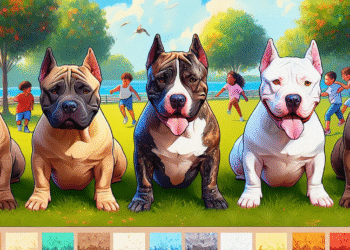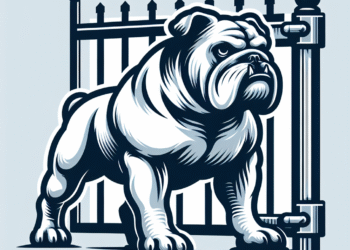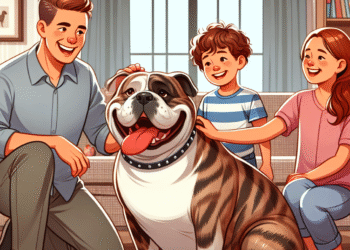The American Bully, a breed characterized by its robust physique and friendly demeanor, has a rich history steeped in both admiration and misunderstanding. Originally bred for specific purposes, this breed has transformed significantly over the years, evolving from guardians to beloved family companions.
Origins: The Roots of American Bully
The American Bully traces its lineage back to the American Pit Bull Terrier and several other bull breeds. Initially bred in the late 20th century, primarily in the United States, the breed emerged from a desire for a pet that retained the protective and loyal qualities of its ancestors while being more approachable and affectionate.
The Breeding Purpose
In the early days, Pit Bulls were used for a variety of jobs, including farming and guarding. However, as dog fighting became increasingly regulated and stigmatized, breeders sought to develop a breed with a more stable temperament. The goal was to create a dog that would maintain its protective instincts while being suitable as a family pet. This led to the selective breeding of individuals with gentle traits, promoting a more amicable nature in the American Bully.
Physical Traits: A Unique Appearance
The American Bully is recognized for its muscular build, broad head, and compact body. Unlike its ancestors, which were often lean and agile, the American Bully exhibits a stout and sturdy frame. This physical transformation reflects the breed’s shift towards companionship rather than utility. Height can vary from 13 to 21 inches, with weight often ranging from 70 to 120 pounds, depending on the class within the breed.
Coat and Colors
The coat of the American Bully is short and smooth, requiring minimal maintenance. Their appearance can come in a variety of colors and patterns, contributing to their appeal as household pets. This diversity allows prospective owners to find a companion that fits their aesthetic preferences while retaining the breed’s signature attributes.
Temperament: The Gentle Giant
One of the most notable aspects of the American Bully is its temperament. Known for being playful, affectionate, and intelligent, this breed is often referred to as a "gentle giant." The American Bully exhibits a strong protective instinct towards its family but is often friendly with children and other pets when properly socialized.
Socialization and Training
Early socialization and training are essential for the American Bully. While they are inherently friendly, proper training ensures that they develop good manners and confidence. Positive reinforcement methods work well with this breed, making training a rewarding experience for both the dog and the owner.
A Family Companion: The Modern Role
In contemporary society, the American Bully has found its niche as the quintessential family companion. No longer viewed solely as guardians, these dogs have gained recognition for their loyalty and loving nature. Numerous families have embraced the breed, showcasing their gentle demeanor and adaptability to various living conditions.
Recognition and Community
Organizations like the American Bully Kennel Club (ABKC) have played a crucial role in establishing breed standards and promoting the positive traits of the American Bully. This has helped to counteract the negative stereotypes often associated with bully breeds. As more people share their positive experiences with American Bullies, the breed continues to gain acceptance and recognition.
Challenges and Misconceptions
Despite their evolution into loving companions, American Bullies still face significant challenges, particularly in the form of breed-specific legislation (BSL) and societal misconceptions. Many still associate the breed with aggression, a stigma rooted in misunderstanding. Advocacy and educational efforts are crucial in reshaping public perception and emphasizing that a dog’s behavior is shaped largely by its upbringing, training, and environment.
Conclusion: A Bright Future
The transformation of the American Bully from a working dog to a cherished family member is a testament to the breed’s remarkable adaptability and resilience. As more individuals share their experiences with these dogs, the American Bully continues to build its reputation as a loyal, affectionate companion. With ongoing education and responsible breeding practices, the future for the American Bully looks bright, promising a legacy of love and companionship for generations to come.


